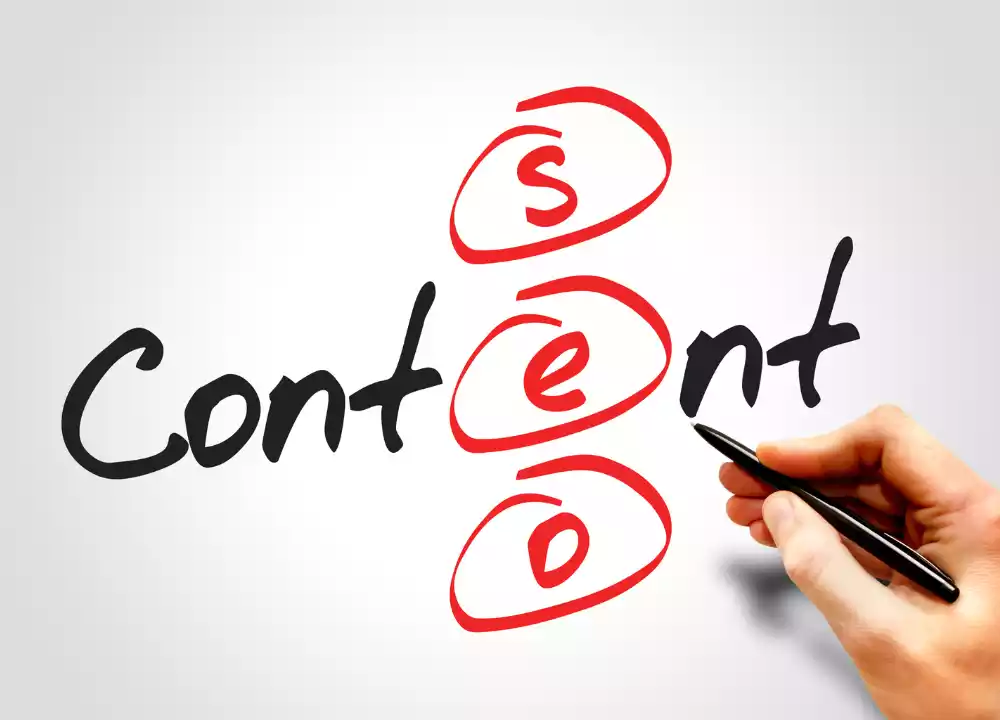Optimizing your content for search engines is a critical aspect of any successful SEO strategy. A well-structured content SEO checklist can help ensure that your content is both search engine-friendly and engaging for your audience. Here’s a comprehensive checklist to guide you through the process:
The Importance of Content SEO
Content SEO is about creating content that is optimized for search engines, helping to improve your website’s visibility, drive relevant traffic, and ultimately increase conversions. By following a structured approach, you can enhance the quality and performance of your content.
Benefits of Using a Content SEO Checklist
- Efficiency: A checklist ensures you cover all essential SEO aspects, saving time and avoiding missed opportunities.
- Consistency: Following a checklist helps maintain a consistent quality and structure across all content pieces.
- Improved Rankings: Optimized content is more likely to rank higher in search engine results, attracting more organic traffic.
- Better User Experience: Well-optimized content enhances readability and user engagement, leading to lower bounce rates and higher conversions.
| Task | Description | Resources | Benefit |
|---|---|---|---|
| Keyword Research | Identify target keywords and phrases. | Google Keyword Planner, SEMrush, Ahrefs | Drive relevant traffic to your content. |
| Content Planning | Create a content calendar and plan. | Trello, Google Calendar, Asana | Organize and schedule content production. |
| Headline Optimization | Write compelling headlines with keywords. | CoSchedule Headline Analyzer, Yoast SEO | Improve CTR and attract readers. |
| Content Structure | Use headings, subheadings, and bullet points. | WordPress, HTML editors | Enhance readability and SEO. |
| Internal Linking | Link to related content within your site. | Screaming Frog, Ahrefs, Moz | Boost page authority and user navigation. |
| External Linking | Link to authoritative external sources. | Moz, Ahrefs | Improve credibility and relevance. |
| Image Optimization | Use descriptive file names and alt tags for images. | TinyPNG, ImageOptim, Smush | Enhance image search visibility and site speed. |
| Content Length | Ensure comprehensive content (minimum 800-1000 words). | Grammarly, Hemingway | Improve search rankings and user engagement. |
| Readability | Ensure content is easy to read and understand. | Hemingway, Grammarly | Enhance user experience and engagement. |
| Content Updates | Regularly update and refresh content. | Google Calendar, Trello | Maintain relevance and improve rankings. |
| Meta Tags | Optimize meta titles and descriptions with keywords. | Yoast SEO, SEMrush, Ahrefs | Improve CTR and search visibility. |
| Social Sharing | Add social sharing buttons to content. | AddThis, ShareThis | Increase content reach and engagement. |
| Schema Markup | Implement structured data for rich snippets. | Google Structured Data Helper, Schema Pro | Enhance search result visibility. |
| Content Promotion | Promote content through social media and email. | Hootsuite, Buffer, Mailchimp | Drive traffic and engagement to your content. |
| Performance Tracking | Monitor content performance and adjust strategy. | Google Analytics, SEMrush, Ahrefs | Measure success and refine content strategy. |
| Keyword Density | Maintain optimal keyword density without keyword stuffing. | Yoast SEO, SEOquake | Ensure content is optimized without overusing keywords. |
| User Experience (UX) | Enhance overall user experience through design and navigation. | Hotjar, Crazy Egg | Improve user satisfaction and engagement. |
| Content Formatting | Use bullet points, numbered lists, and short paragraphs. | WordPress, HTML editors | Improve readability and user engagement. |
| Multimedia Integration | Include images, videos, and infographics to enrich content. | Canva, Adobe Spark, Lumen5 | Enhance content appeal and engagement. |
| Content Uniqueness | Ensure content is original and not duplicated from other sources. | Copyscape, Grammarly | Prevent plagiarism and improve search rankings. |
| Audience Analysis | Understand your audience’s needs and preferences. | Google Analytics, SurveyMonkey | Create content that resonates with your target audience. |
| Content Distribution | Share content across multiple platforms and channels. | Hootsuite, Buffer, Zapier | Extend content reach and attract a wider audience. |
| Feedback and Comments | Enable and manage comments and feedback on content. | Disqus, Facebook Comments Plugin | Foster engagement and community building. |
| Content Accessibility | Ensure content is accessible to all users, including those with disabilities. | WAVE, Axe Accessibility | Improve usability and inclusivity. |
| Seasonal Content | Create content relevant to seasonal trends and events. | Google Trends, BuzzSumo | Capitalize on seasonal interest and trends. |
| Competitive Analysis | Analyze competitors’ content strategies and performance. | SEMrush, Ahrefs, Moz | Identify opportunities and gaps in the market. |
| Local SEO Optimization | Optimize content for local search queries. | Google My Business, BrightLocal, Moz Local | Improve visibility in local search results. |
| Conversion Optimization | Include clear calls-to-action (CTAs) to drive conversions. | Optimizely, Unbounce, HubSpot | Increase leads and sales through effective CTAs. |
| Voice Search Optimization | Optimize content for voice search queries. | AnswerThePublic, SEMrush | Enhance visibility for voice search results. |
| Mobile Optimization | Ensure content is mobile-friendly and responsive. | Google Mobile-Friendly Test, Lighthouse | Improve user experience on mobile devices. |
| Content Repurposing | Repurpose existing content into different formats (e.g., podcasts, videos). | Lumen5, Anchor, Canva | Extend the life and reach of your content. |
By following this comprehensive content SEO checklist, you can effectively optimize your content to improve search engine rankings, drive more traffic, and enhance user engagement. These tasks, tools, and benefits provide a structured approach to creating high-quality, SEO-friendly content.





